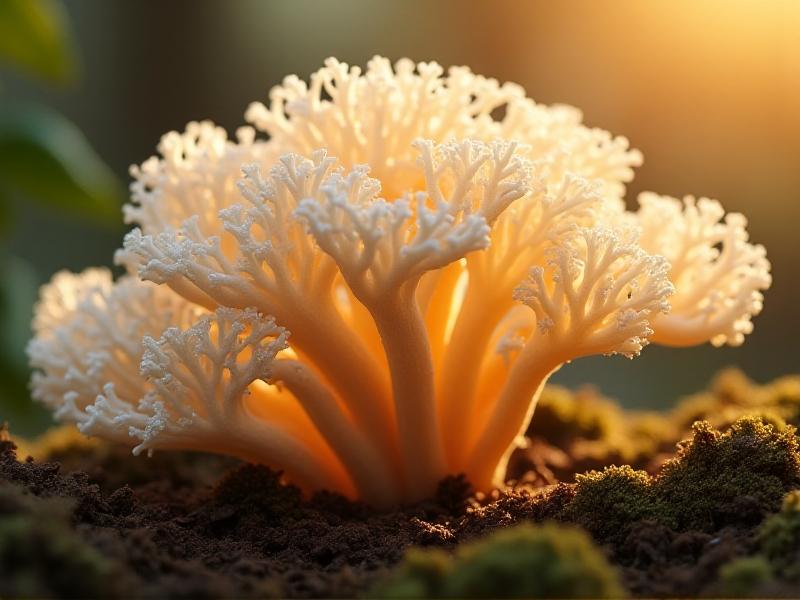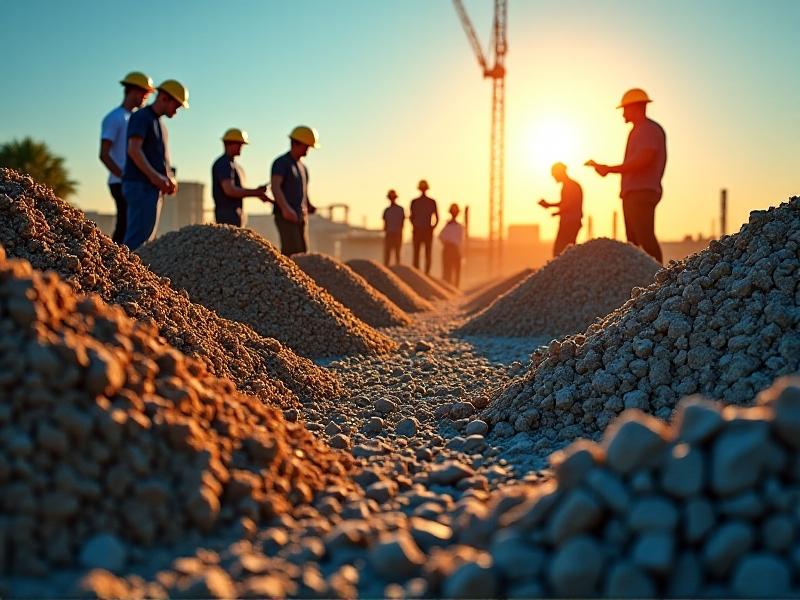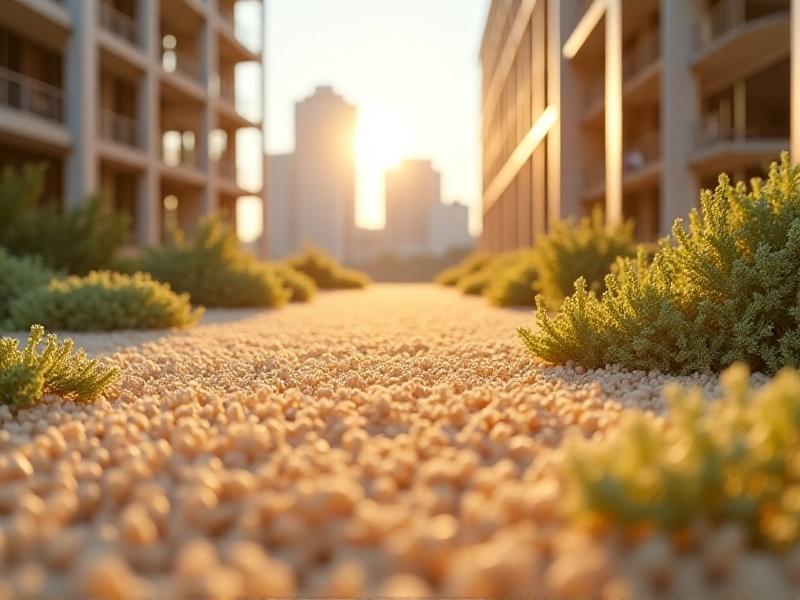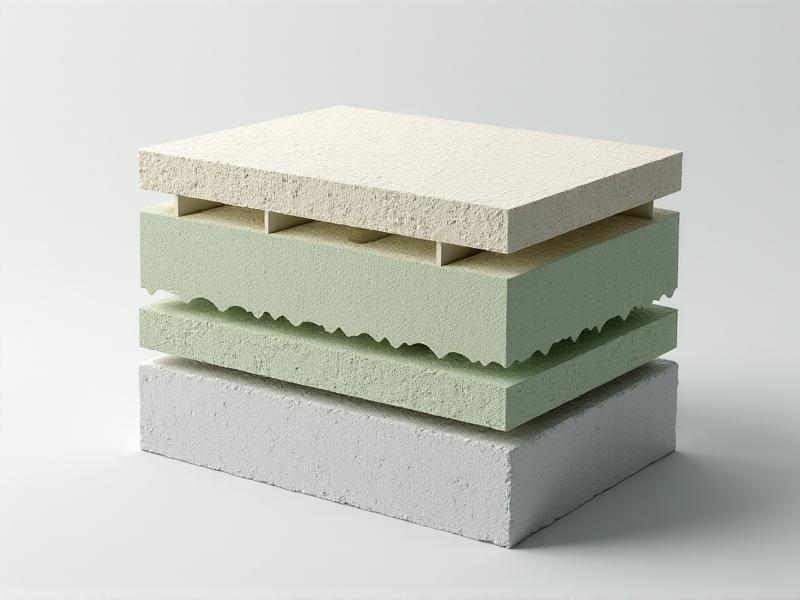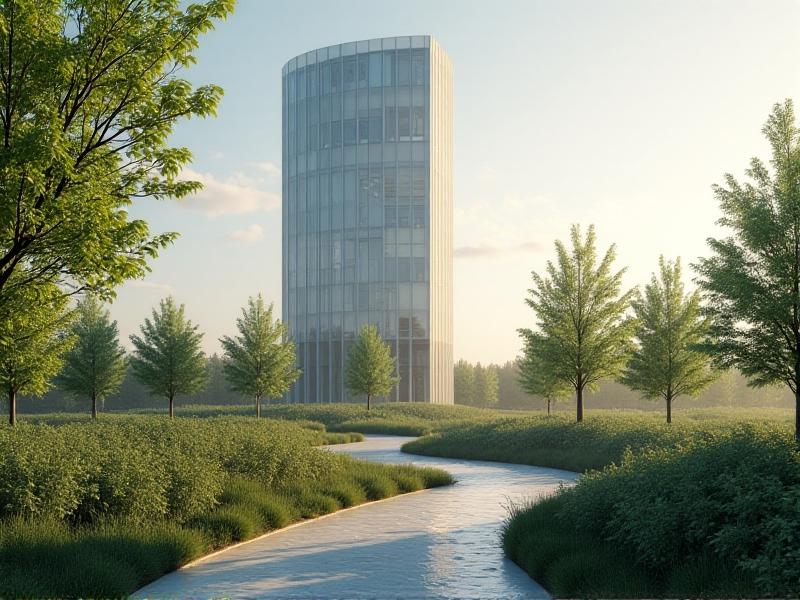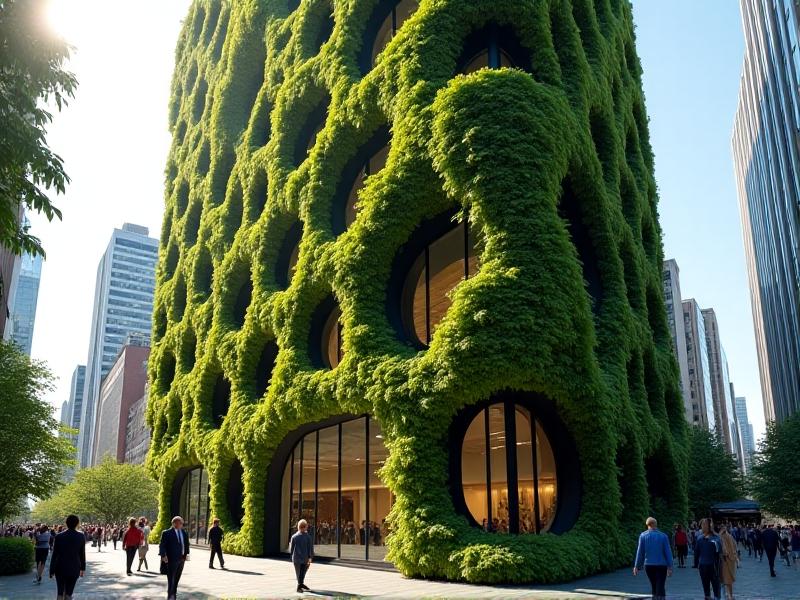Historic Preservation Applications of Reversible Fungal Insulation
Introduction to Reversible Fungal Insulation
In the realm of historic preservation, finding materials that balance modern efficiency with respect for the past is a constant challenge. Enter reversible fungal insulation—a groundbreaking innovation that marries sustainability with sensitivity to heritage structures. This unique material, derived from mycelium, the root structure of fungi, offers a biodegradable, non-invasive solution for insulating historic buildings. Unlike traditional insulation methods, which often require irreversible alterations, fungal insulation can be removed without damaging the original fabric of the structure. This article explores the applications, benefits, and future potential of reversible fungal insulation in the context of historic preservation.
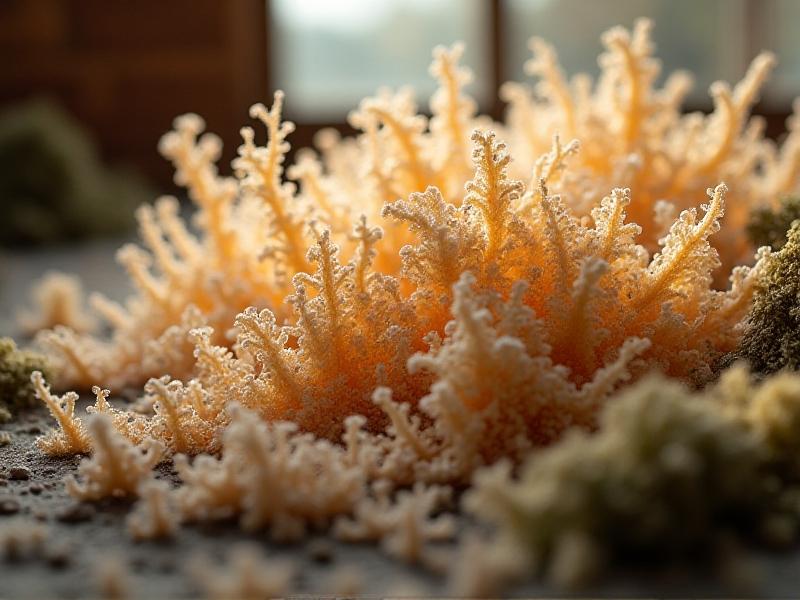
The Science Behind Fungal Insulation
At the heart of reversible fungal insulation is mycelium, a network of fungal threads that can be cultivated into a dense, foam-like material. When grown in controlled environments, mycelium binds agricultural waste, such as straw or sawdust, into a sturdy yet lightweight composite. This process is entirely natural, requiring no synthetic additives or harmful chemicals. The resulting material is not only an excellent insulator but also fire-resistant and moisture-regulating. Its reversible nature stems from its biodegradability; when no longer needed, the insulation can be composted, leaving no trace behind. This scientific innovation aligns perfectly with the principles of historic preservation, offering a sustainable alternative to conventional insulation methods.
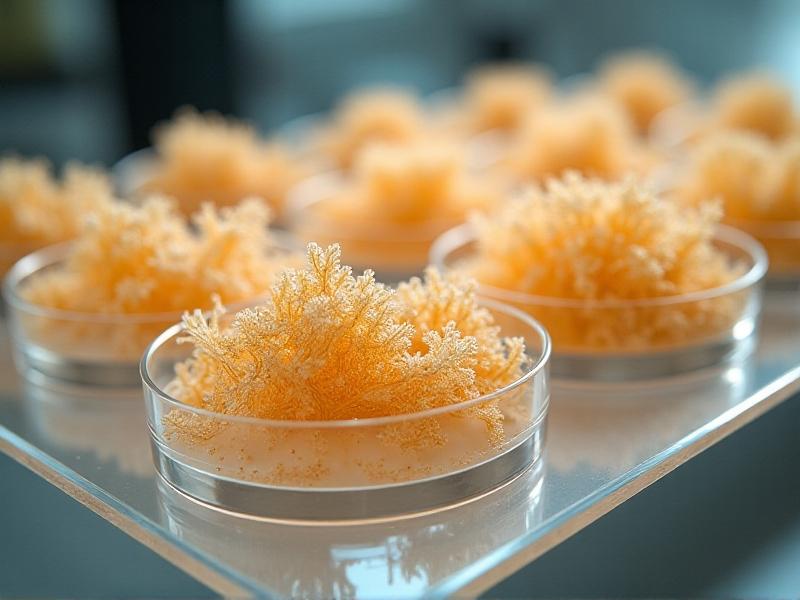
Benefits of Fungal Insulation for Historic Buildings
Historic buildings often suffer from poor insulation, leading to energy inefficiency and structural damage over time. However, retrofitting these structures with modern materials can compromise their authenticity. Reversible fungal insulation provides a solution that respects the integrity of historic architecture while improving energy performance. Its lightweight nature minimizes the risk of structural strain, and its breathability helps prevent moisture buildup, a common issue in older buildings. Additionally, fungal insulation is non-toxic and hypoallergenic, making it safe for both the building and its occupants. By preserving the original materials and aesthetics of historic structures, this innovative insulation method ensures that these treasures can endure for future generations.
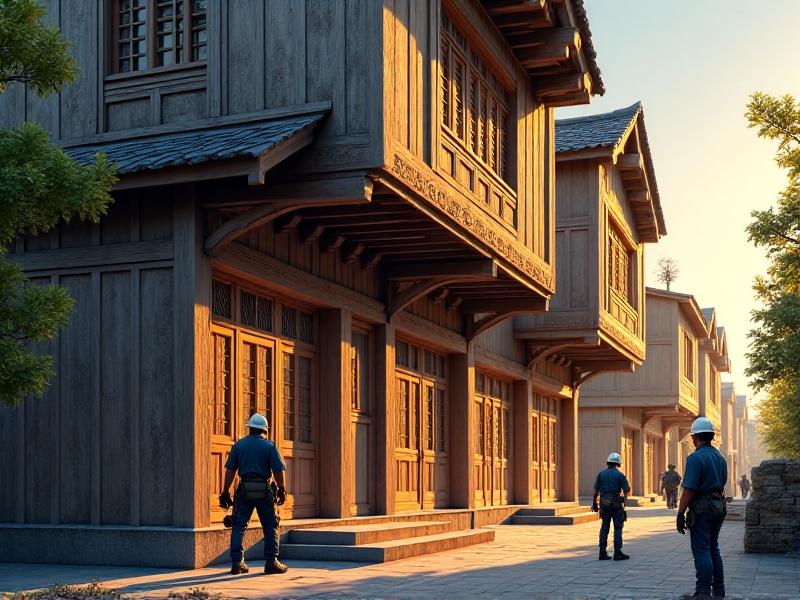
Case Studies: Fungal Insulation in Action
Several pioneering projects have demonstrated the effectiveness of reversible fungal insulation in historic preservation. One notable example is the retrofitting of a 19th-century barn in Vermont, where fungal insulation was used to enhance thermal efficiency without altering the building's original timber frame. Another case study involves a medieval castle in Scotland, where the insulation was applied to the interior walls to protect against dampness and cold. In both instances, the insulation was praised for its reversibility and minimal environmental impact. These case studies highlight the versatility of fungal insulation and its potential to revolutionize the way we approach the preservation of historic structures.
Challenges and Limitations
While reversible fungal insulation offers numerous advantages, it is not without its challenges. One limitation is its current cost, which is higher than that of traditional insulation materials due to the specialized cultivation process. Additionally, the material's durability in extreme climates is still being tested, as prolonged exposure to moisture or high temperatures could affect its performance. Another concern is the lack of widespread awareness and acceptance among preservationists and contractors, who may be hesitant to adopt a relatively new technology. Addressing these challenges will require further research, education, and collaboration within the preservation community.
The Future of Fungal Insulation in Preservation
As awareness of reversible fungal insulation grows, so does its potential to become a standard in historic preservation. Advances in cultivation techniques and economies of scale are expected to reduce costs, making the material more accessible. Furthermore, ongoing research aims to enhance its durability and adaptability to various climates and building types. The integration of fungal insulation into preservation guidelines and certifications could also accelerate its adoption. By combining cutting-edge science with a deep respect for history, this innovative material paves the way for a more sustainable and sensitive approach to preserving our architectural heritage.
Conclusion: A New Era for Historic Preservation
Reversible fungal insulation represents a transformative step forward in the field of historic preservation. By offering a sustainable, non-invasive, and effective solution, it addresses the dual challenges of energy efficiency and architectural integrity. As more preservationists embrace this innovative material, it has the potential to redefine how we care for our historic buildings, ensuring that they remain both functional and authentic for generations to come. The journey of fungal insulation from laboratory to landmark is a testament to the power of innovation in service of heritage.
